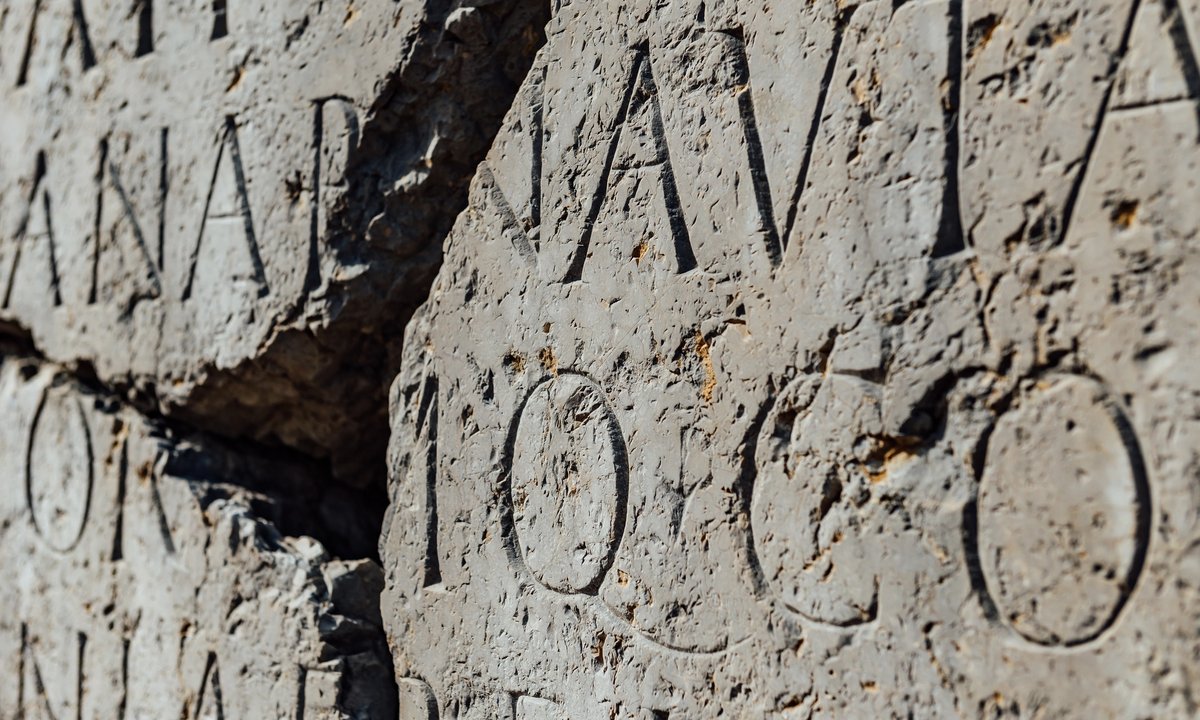
"Aeneas is the first AI model designed to contextualise ancient inscriptions, helping historians interpret, attribute, and restore fragmentary Latin texts."
"Studying history through inscriptions is like solving a gigantic jigsaw puzzle, only this is tens of thousands of pieces more than normal and 90% of them are missing."
"Aeneas can predict an inscription's missing text, suggest a probable place of origin, identify similar inscriptions, and assign the text a date."
"These inscriptions are often incomplete due to damage, and experts traditionally spent significant time analyzing hundreds of texts to reconstruct lost words."
Artificial intelligence is being applied to reconstruct missing portions of ancient Roman inscriptions. An AI tool named Aeneas analyzes thousands of Latin inscriptions to predict lost text and determine the time and location of origin. As approximately 1,500 Latin inscriptions surface annually, they often remain incomplete due to damage. Traditional methods require extensive expert analysis of similar inscriptions to restore texts. Aeneas enhances this process by predicting missing texts, identifying origins, and providing dating estimates, making it a significant advancement in historical inscription studies.
Read at The Art Newspaper - International art news and events
Unable to calculate read time
Collection
[
|
...
]